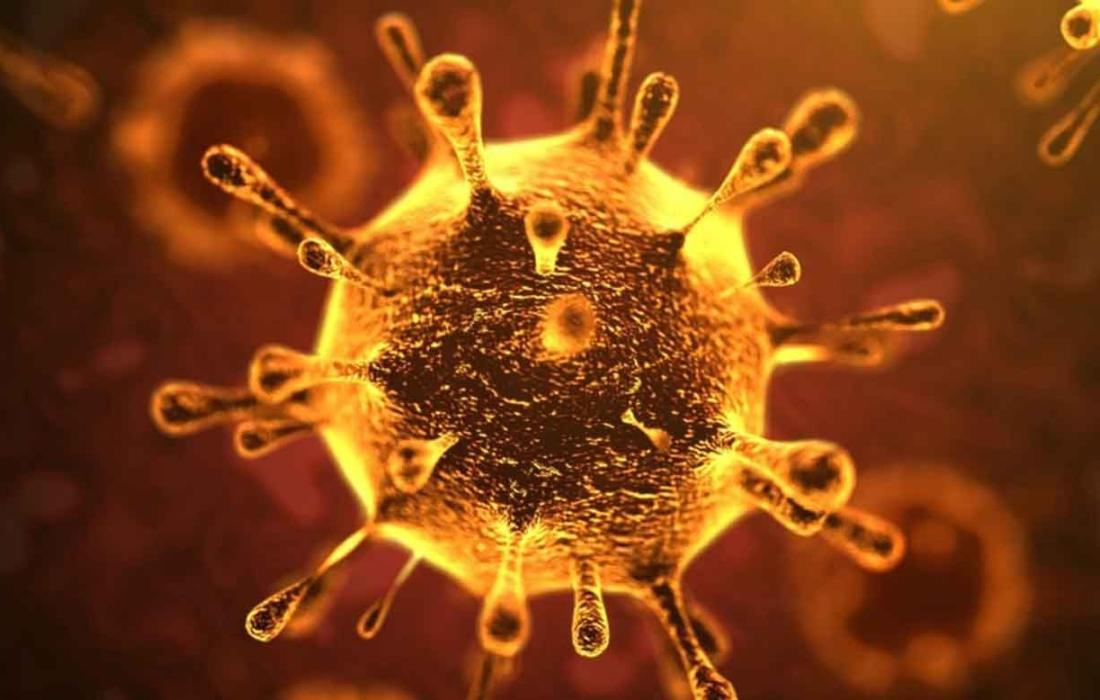
long-term care facilities. Vaccine availability was subsequently expanded, approximately weekly, to younger age cohorts in 5-year intervals. Until Feb 28, 2022, because of an insufficient vaccine supply, individuals with a previous diagnosis of laboratory-confirmed SARS-CoV-2 infection were instructed to not seek vaccination, unless they were a resident of a long-term care facility. However, an unknown number of previously diagnosed people received vaccine. Immunisations were given at around 400 vaccination sites. At these sites, information about the administered vaccine was entered into the patient’s electronic health record and reported to the national database. Surveillance of COVID-19 and vaccine uptake are part of the national pandemic response and are collected under Public Health Ordinance number 40. Only aggregate data, with no personal identifiers, were used in this analysis. The analysis plan for this study was internally reviewed by senior management in the MoH Public Health Services and found to be compliant with all regulatory requirements including the MoH guidelines for human subject research. As no regulatory issues were identified, it was decided that a full ethical review was not necessary. The study followed the Strengthening the Reporting of Observational studies in Epidemiology guidelines.16 Testing for SARS-CoV-2, including variant B.1.1.7 SARS-CoV-2 testing is free-of-charge and widely available in Israel. Testing is required for people returning from travel abroad, in close contact with an infected person, or with suggestive symptoms such as fever or acute respiratory illness. When seeking testing, individuals provide their identification number and a specimen is collected via nasal or nasopharyngeal swab. Specimens are tested, using national testing standards, at one of 48 clinical diagnostic laboratories with use of real-time PCR tests. B.1.1.7 prevalence was estimated on the basis of swabs tested at Leumit with the TaqPath COVID-19 test (Thermo Fisher Scientific, Pleasanton, CA, USA), which identifies spike gene target failure (SGTF) associated with gene mutations that cause deletions of amino acids 69 and 70 in the spike protein. Because these mutations are found in B.1.1.7, SGTF is used to estimate the prevalence of this variant.17,18 Public health surveillance MoH conducts surveillance for laboratory-confirmed SARS-CoV-2 infections, with mandatory daily reporting of PCR results by all diagnostic laboratories. An epidemiological investigation, including an interview about COVID-19 symptoms, is done for each SARS-CoV-2 infection, usually within 2 days of diagnosis. MoH also conducts surveillance of COVID-19-associated hospitalisations. Daily updates are received from all hospitals and linked to the national database using patients’ identification numbers. Hospitalisations are classified as severe (if a patient has a resting respiratory rate of >30 breaths per minute, oxygen saturation on room air of <94%, or a ratio of PaO2 to FiO2 of <300) or critical (in the event of mechanical ventilation, shock, or cardiac, hepatic, or renal failure). In accordance with national guidelines, health-care providers attributed any hospitalisations and deaths among individuals with laboratoryconfirmed SARS-CoV-2 infection to COVID-19.2,19 Outcomes Vaccine effectiveness estimates were assessed against six SARS-CoV-2 outcomes, comprising asymptomatic infections and five other hierarchical laboratoryconfirmed outcomes: all SARS-CoV-2 infections (symptomatic and asymptomatic), symptomatic COVID-19 cases, and COVID-19-related hospitalisations, severe or critical hospitalisations (including those who died), and deaths. Asymptomatic infection was defined as a person with laboratory-confirmed SARS-CoV-2 infection who reported no fever and no respiratory symptoms during the symptom interview portion of the epidemiological investigation, and who was not subsequently hospitalised for or did not die from COVID-19. Statistical analysis Individuals were defined as unvaccinated if they had not received any doses of BNT162b2, and as fully vaccinated if at least 7 days had passed since receiving the second dose of BNT162b2. Incidence rates were calculated for unvaccinated and fully vaccinated individuals aged 16 years and older for each SARS-CoV-2 outcome after excluding people with previous laboratory-confirmed SARS-CoV-2 infection. Data were stratified by age group (16–24, 25–34, 35–44, 45–54, 55–64, 65–74, 75–84, and ≥85 years, based on 2020 census data), sex, and calendar week. In the primary analysis, cases were categorised as vaccinated if the date of laboratory confirmation of infection occurred at least 7 days after the second dose of BNT162b2. Cases were excluded from the analysis if they had received only one dose, or had received two doses of BNT162b2 and fewer than 7 days had passed since the second dose. Person-days for the fully vaccinated group were ascertained each day by multiplying the proportion of people who were fully vaccinated with two doses of BNT162b2 by the census estimates for each age stratum. Person-days for the unvaccinated group were determined each day by subtracting the number of person-days contributed by those who were vaccinated from the total census population for each age stratum; this process was repeated, summed, and aggregated for each day of the study period. Individuals with previous SARS-CoV-2 infection were excluded from person-day estimates. Using STATA (version 15), a negative binomial regression model (nbreg command), which is better suited for over-dispersion of variance than the traditional Poisson regression method,20 was used to derive incidence rate ratios (IRRs) with 95% CIs for each outcome adjusted for age group, sex, and calendar week.